At the heart of the matter is patent 7,020,514. The '514 patent, filed for and awarded to Dr. Joseph Wiesel, is called "Method of and apparatus for detecting atrial fibrillation" and was awarded on March 28, 2006.
The originating patent allows patients to use photoplethysmography, essentially what Apple uses in the Apple Watch with the green light and associated sensors, in a non-clinical setting. The suit calls the patent "pioneering steps in atrial fibrillation detection."
Dr. Wiesel notified Apple about his patent on September 20, 2017, following the rollout of the Apple Watch Series 3. The suit alleges that Apple refused to negotiate in good faith "even after Dr. Wiesel provided Apple detailed claim charts highlighting the elements of Dr. Wiesel's patent claims and mapping them to elements of Apple's Watch products."
The suit alleges that Apple's marketing of irregular heartbeat notifications makes the patent a "critical part of the Apple Watch" used to drive consumer demand. Furthermore, Apple's use of the technology in the Apple Watch heart study with Stanford is pointed to as an example of how critical the technology is to Apple and the Apple Watch.
The patent doesn't address a watch at all, but does include discussions of devices attached to "appendages" specified as a finger in the patent, or a "cuff device" in the case of an inflating blood pressure sensor. The '514 patent does include a discussion that there needs to be a microprocessor of some sort keeping track of time and interpreting the readings that the photoplethysmograph sensors record, though.
Looking at the patent, there appears to be significant prior art in regards to the invention, many of which were cited by the filer. Additionally, while Dr. Wiesel has a long and distinguished career and education, it does not appear that he has been part of any teams that have developed photoplethysmograph hardware or software.
Dr. Wiesel is seeking royalties going forward, legal fees, and recovery of past damages. Given that the suit alleges that the infringement is "willful, intentional, and deliberate," triple damages are being sought.
Wiesel Versus Apple by Mike Wuerthele on Scribd
 Mike Wuerthele
Mike Wuerthele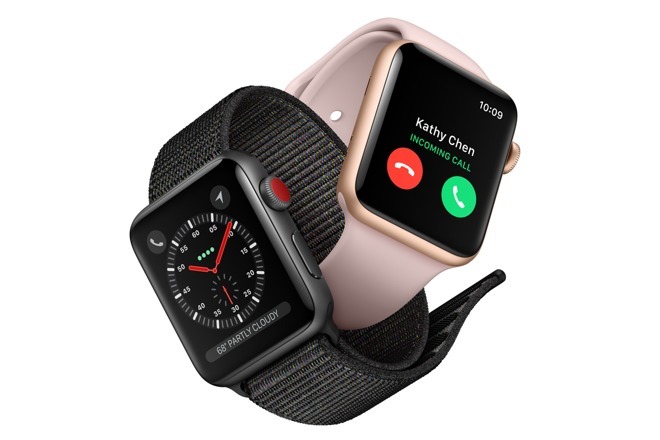




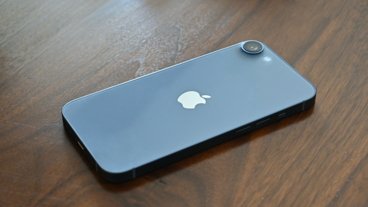


-m.jpg)






 Chip Loder
Chip Loder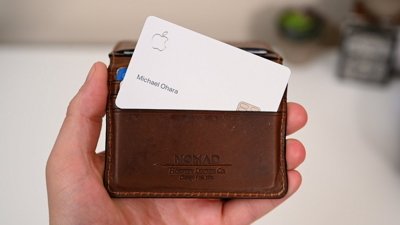
 Marko Zivkovic
Marko Zivkovic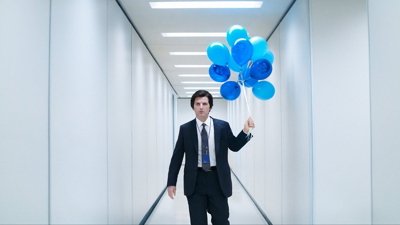
 Malcolm Owen
Malcolm Owen
 Christine McKee
Christine McKee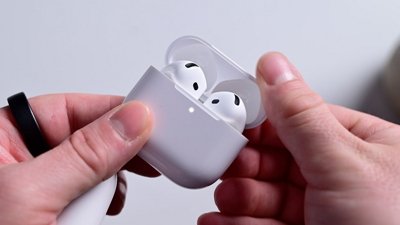

 Sponsored Content
Sponsored Content
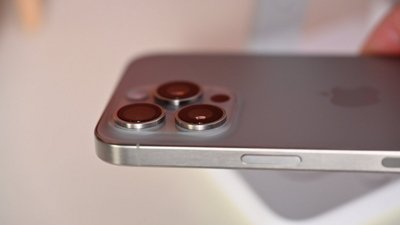

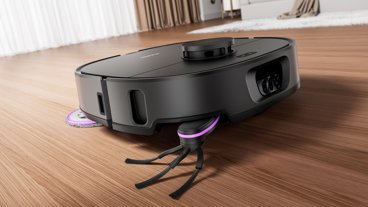
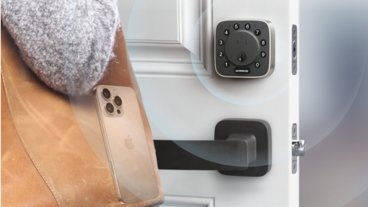







69 Comments
I'm usually very skeptical of these suits, but this one might have legs.
Methinx the good doctor is about to undergo a valuable lesson in the huge cavernous difference between filing a patent and actually having a valid one.
These devices have been around for yonks - I know 'cause my a-fib was monitored using one way back in the late 90s.
Prior art is gonna kick this one to the curb.
Apple is certain to have documented prior art and their entire development timeline prior to Apple Watch announcement in 2014.